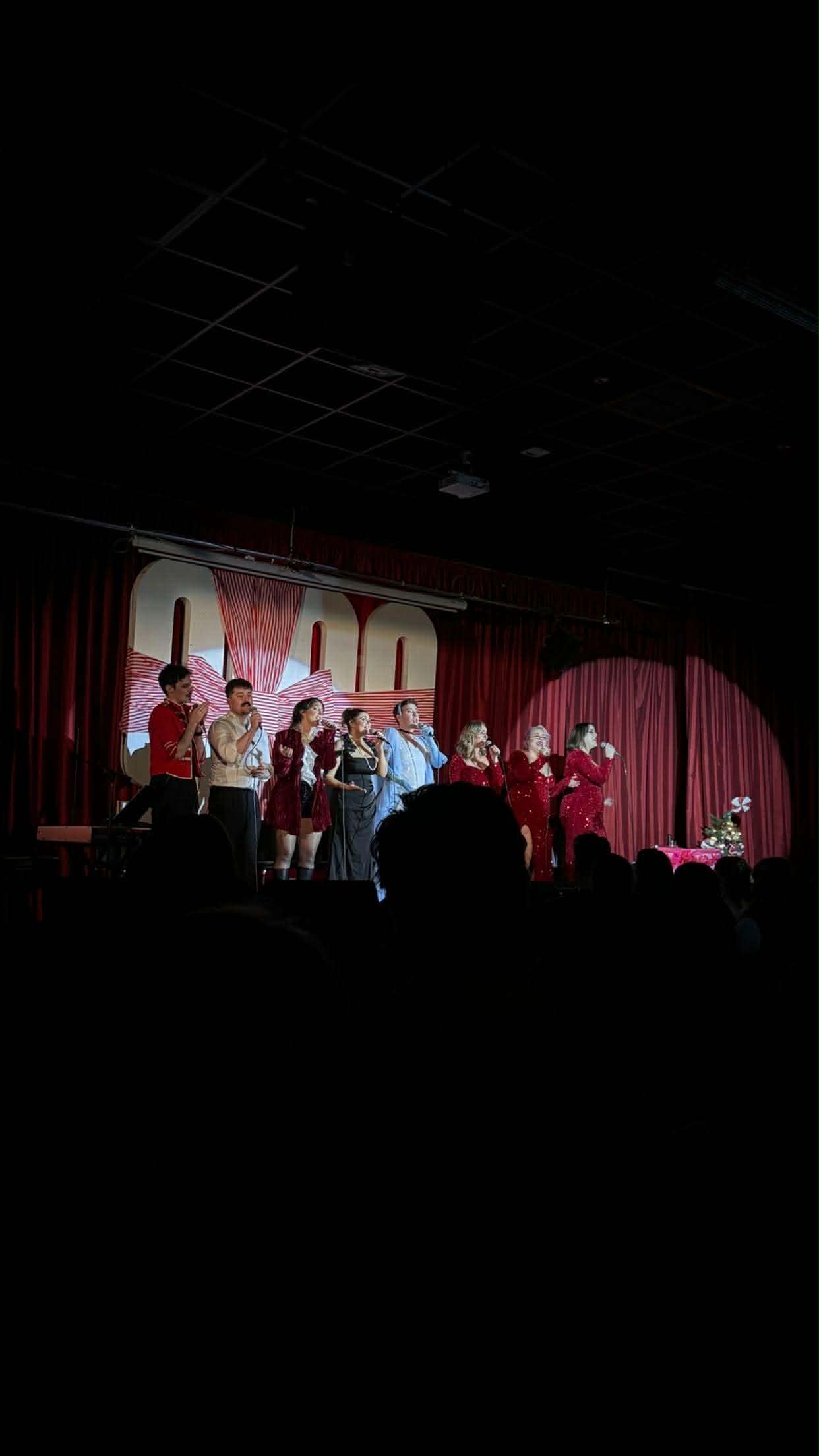Words by Zhang Mengyang-Eva
Where time stood still
Amak Mahmoodian is an artist born in Shiraz and lives in Bristol, UK. Her work questions western notion of identity, expressing personal stories that are related to wider social issues from Middle East and Asia to the West. Amak has won multiple global awards in photography and from 2004, She has held many exhibitions in the UK, US, Iran, Germany and other countries. Amak finished her PhD degree in Art and Photography at the University of South Wales after doing her bachelor and master degrees in Tehran, Iran, so somehow connections were built between her and Wales. From 25th January 2019 to 23th February 2019, her amazing exhibition Where time stood still, which is a combination of contemporary and archival works will be shown in Turner House Gallery (Penarth), Cardiff, UK.
The exhibition was displayed on the ground and first floor. Entering the exhibition area of the ground floor, there are two giant photos hanging on the middle, and the main colors of both them are white and black. The left one is an old man moving in front of the camera, which makes the photo blurred a little bit. In the right photo, the setting sun creates a hole of darkness behind the hill that the waves of the sand are falling into. At first, I thought there was no connection between them, but after talking to Amak (she is super nice and easy-going), I realized that in the left photo, her father was rotating in front of the camera, representing his meaning in her life. Meanwhile she found the desert which was rotating too after her father’s death, so she took that photo. On the left of the wall, a sitting woman’s picture (which is Amak’s mother) is hanging with other pictures in which there is a tattoo on a man’s back. When asked why were those tattoo photos are in red, Amak expressed that when she was young, tattoo was sort of taboo in Iran, so she was ashamed of her father having tattoo on the back at that time.
As a king of King of Persia from 1848 to 1896, Naser al-Din Shah was also very interested in painting and photography. He was one of the first photographers in Persia and was a patron of the art. Moreover, he established a photography studio in Golestan Palace. In 2004, Amak Mahmoodian visited the Golestan museum and worked on her archival research for 2 years. The Golestan Archives are located in central Tehran, which was once a home for Qajars, the king’s wives, Harem women, and their relatives. She used some of those old historical photographs from the Qajar period and a number of photographs from the King’s kingdom as masks held in her family and friends’ hand to conceal their face, which consists most part of the exhibition on the first floor. In those pictures, they act out everyday actions in familiar domestic settings showing the peaceful of everyday life.
Photography is one of the best ways to record life, by which we can make the time stand still. Amak uses those photos to record the happiness and separation which are big parts of the life, making those memories immortal.
Noises in the Blood
Lua Ribeira was born in 1986, Galicia, in the north of Spain. She moved to the UK. in 2012 and later enrolled on the Documentary Photography course, at the University of South Wales, where she graduated with honors in 2016. According to Magnum Photos, Ribeira is interested in trespassing social barriers, and breaking the structural separation in relation to particular communities.
Her series Noises in the Blood which is about Jamaican dancehall culture in the UK was published in the book form by Fishbar in 2017. Also, the series was published in the book Firecrackers, Female Photographers Now (2017). The series will be displayed as an exhibition in Ffotogallery on 29 Castle Street, Cardiff , Wales from 25th January to 23th March 2019.
Dancehall is a genre of Jamaican popular music that originated in the late 1970s. Initially, it was a more sparse version of reggae than the roots style, which had dominated much of the 1970s. Dancehall expands worldwide throughout Afro-Caribbean diaspora communities. In the United Kingdom, dancehall celebrations take place outside of the mainstream circuit as a standing manifestation of Jamaican identity. Even though the term is relatively new, the practices known as dancehall can be traced back to earlier dance performances such as mento dancing, mixing African and European cultural forms.
Walking into the inner room of the gallery, there is a big screen showing some videos about dancehall. Dancing with the string beat, people’s moves are pretty casual. It is more about dancing with the music and express their feelings than showing off dancing skills. The most impressive dancer in the video is a young girl who dances like she is the only one in this world. At the same time, the sex implication in the video is very strong and direct, which gives the music natural form of sex and desires.
In the same room with the big screen, there are some women’s pictures hanging on the wall. Women in those photos are not beautiful or sexy by the mundane standards of beauty, but they are showing their body confidently. They get the attitudes, so they are sexy in their own way. Violence is also shown in some of the photos around, such as a lady with bruise on the face sitting on a chair; a tied woman; hurt feet.
In the right side of the gallery, there are some paintings made by charcoal pen that shows the bodies of woman. Those paintings are put under the strong light which adds more visual effects to them. Apart from the painting, there are also some photos attracting my attention. Models in the photos contort their bodies in the contrast of the colors. They pose randomly, but showing the row human nature: birth and desires.
     


